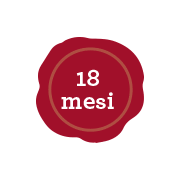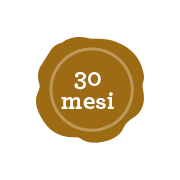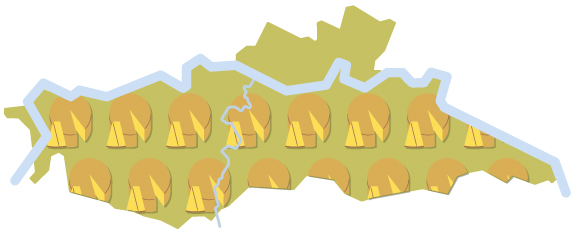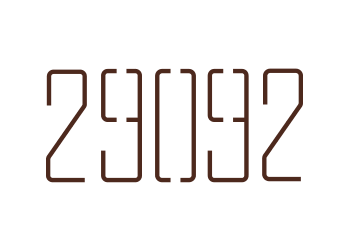


In 1958, Mario Soldati ended his historic TV show Viaggio nella valle del Po alla ricerca di cibi genuini with Parmigiano Reggiano (“the king of cheeses”) and pears, a combination with refined simplicity. He said that to know a place is to experience the food of the people who live there.
Parmigiano Reggiano has always had a strong link with the area, protected since the first half of the 1900s by the Consorzio del Parmigiano Reggiano, and today guaranteed at the European level by the mark of Protected Designation of Origin: it must be produced, processed and worked exclusively in its area of origin. The Oltrepò mantovano  is the only strip of land outside of Emilia where it is produced. It is a hard, all-natural cheese: milk, rennet and salt,
is the only strip of land outside of Emilia where it is produced. It is a hard, all-natural cheese: milk, rennet and salt,  without any added chemicals. There are many characteristics that make it unique. The cows are fed using only local forage, either fresh or preserved by drying, not silage. Processing is only done once a day, with the morning's whole milk combined in special vats with that taken the evening before. Only animal rennet is used, and it is aged for a minimum of 12 months.
without any added chemicals. There are many characteristics that make it unique. The cows are fed using only local forage, either fresh or preserved by drying, not silage. Processing is only done once a day, with the morning's whole milk combined in special vats with that taken the evening before. Only animal rennet is used, and it is aged for a minimum of 12 months. 







Each dairy is identified by the Consorzio del Parmigiano Reggiano with a code and each wheel must be marked with it, so that it is always possible to know by whom, where and when the Parmesan was produced.